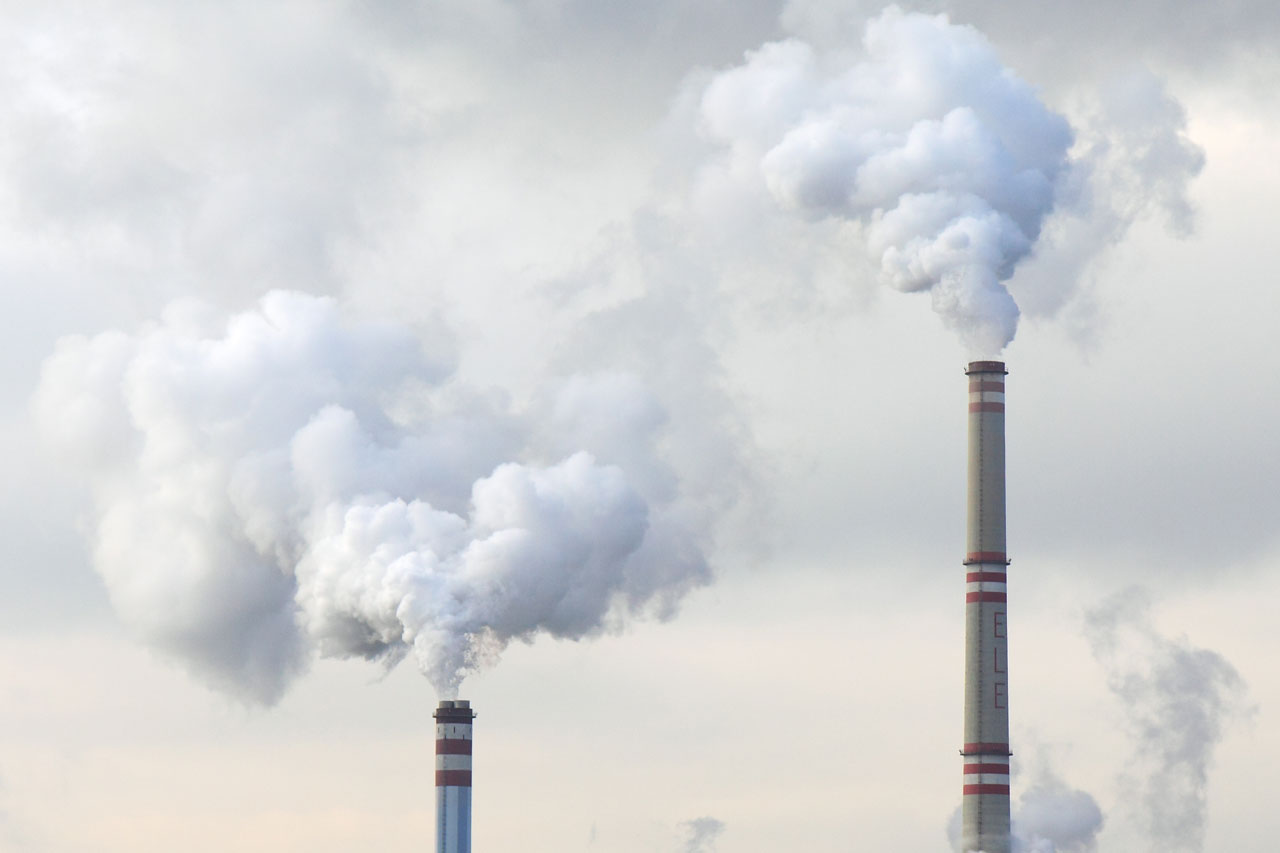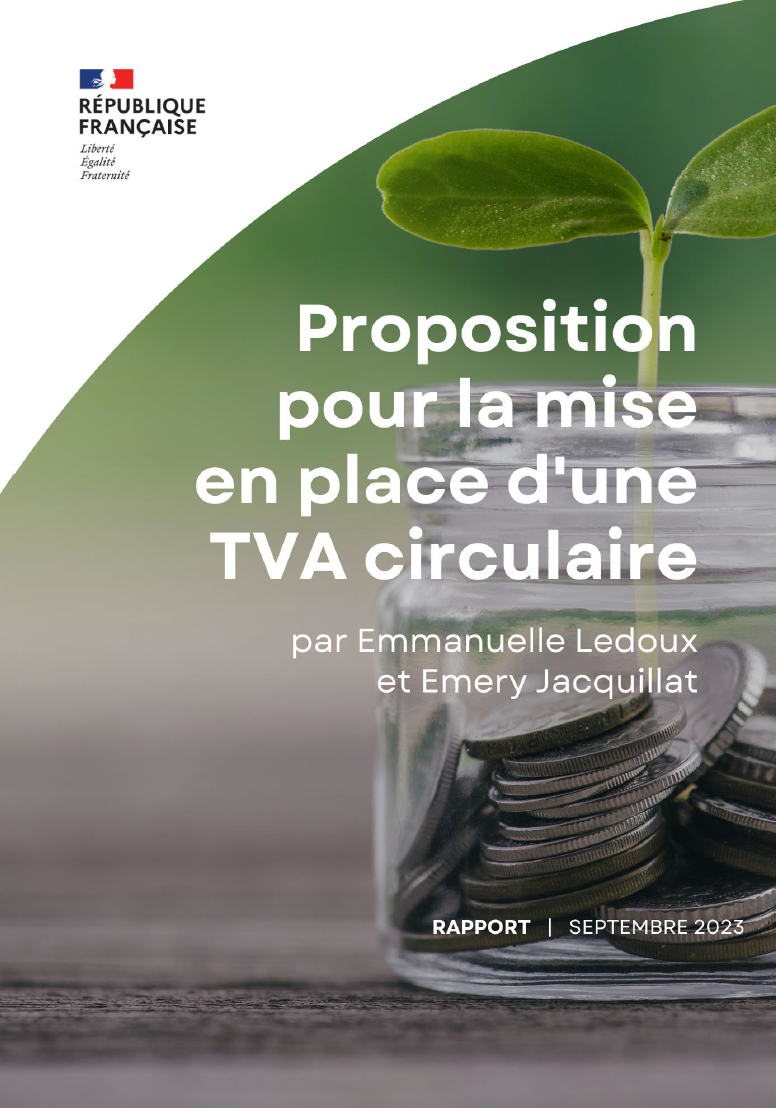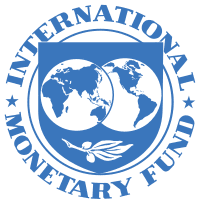The economic effects of the COVID-19 pandemic have hit the most marginalized and vulnerable first and most directly, creating the need to react immediately. However, resilience building is becoming even more challenging in many countries of the Global South due to intersecting climate and debt challenges.
About the Author

Johannes Grün
Johannes Grün is the head of the Unit on Economic Affairs and Sustainability at Brot für die Welt (Bread for the World Germany).
COVID-19 and Debt
Six years after the adoption of the 2030 Agenda and its 17 Sustainable Development Goals, the disruptive shock which came with COVID-19 demonstrated both the interdependency of crisis factors and the frequent lack of appropriate tools to react. The negative economic impacts of the pandemic were and still are most harmful to those who are at the weakest position in global value chains, such as workers and small-scale producers in countries of the Global South. These demographics are additionally the first and most affected by short term and mid-term impacts of the climate crisis (e.g. extreme weather events, the loss of agricultural land, growing insecurity of livelihoods, etc.).
While facing these existential threats, 134 countries in the Global South are simultaneously critically indebted. Their debt continues to grow, limiting the resources they have available to adequately react to the deadly combination of Covid 19 and climate change. Many vulnerable countries find themselves trapped in a situation where they try to invest in recovery programs, which increases both their sovereign debt and the future risk of climate induced loss and damage due to limited investments in resilience. In addition, climate change adversely affects sovereign credit ratings. This creates an extra financial burden in the form of higher interest rates for these countries most affected by climate change. In this way, capital markets are failing to support resilience building. Small Island Developing States (SIDS) and other low- and middle-income-countries are forced to face serious debt-driven setbacks to achieving the SDGs.
Measuring and Addressing Combined Risk Exposure
To be prepared better, on the one hand, we need more integrated approaches to measure and assess of combined risk exposures. On the other hand, we need for a new response to break the vicious circles the triple crisis has left many developing countries stuck in.
As the development agency of the German Protestant Churches, Brot für die Welt works on more than 1,000 projects worldwide, guided by the belief that everyone deserves to live in dignity. All of our projects are facilitated through partner organizations, which are both faith-based and secular. Our work focuses on helping vulnerable and marginalized groups, whose welfare is often affected first and most dramatically by hazardous shocks and risks. In order for our projects on the ground to create meaningful, sustained impacts, they must be accompanied by the proper policies and institutions. To encourage decision makers nationally and internationally to create these enabling conditions, we share our unique insights and seek to make our perspective part of the policy discourse.
Brot für die Welt, together with erlassjahr.de, has developed a Climate Disaster and Debt Risk Index which includes 16 indicators in the areas of disaster risk, loss and damage risk and multiple risk. All data comes from open sources. The intent of this index is to adequately measure the individual multi-hazard exposure of countries to the triple crisis while also facilitating the design of tailored recovery strategies in specific country contexts. The index may also serve as an early warning instrument, supporting government efforts to prioritize the risks that should be reduced first and foremost.
Country cases from each continent show the need for individual strategies and illustrate which factors lay at the heart of each country’s resilience gap. For example, while Papua New Guinea’s Climate Hazard Exposure is ranked “moderately critical” (3.4), the lack of Coping Capacity, ranked very critical, together with a high COVID-19 Vulnerability, leads to an overall rating of 5.3 (“critical”) in the country’s Disaster Risk Indicator. In comparison, El Salvador is also overall rated “critical” (4.04) due to “critical” scores in Human and Natural Hazard Exposure and COVID-19 Risk, despite the country’s Vulnerability score being only “slightly critical” (2.7). The combination of different yet overlapping factors leads to significant resilience gaps in both of these countries.
Addressing Global Resilience Gaps
To address these resilience gaps on a global scale, there is a need for stronger commitments to proposed solutions. In terms of climate finance, this means providing 100 billion USD annually for climate mitigation and adaption as well as creating a way to financially address climate related damages by 2025. With regard to overindebtedness, a debt moratorium (or even debt relief), particularly for countries in the wake of climate induced disasters, will be necessary to strengthen the financial capabilities of these countries. An international mechanism for state insolvency proceedings in cases of unsustainable debt must also be developed. Instruments such as debt for climate swaps could support pathways towards more sustainable, Paris-aligned development.
In addition to these already proposed solutions, our paper advocates for a new global resilience investment facility of at least 100 billion US dollars. OECD countries may provide the initial capitalization by issuing long-term resilience bonds and paying the corresponding debt servicing using carbon fees. Setting up this fund would be a strong signal of global solidarity while also enabling countries that are being impacted by the triple crisis to invest in resilient infrastructure and subsequently limit further risks. This support should be provided in the form of grants or long-term, interest-free loans directed towards investments in social security and health, critical infrastructure and early warning systems. Ramping up investments will produce returns in the form of reduced vulnerability of societies and enhanced adaptive capacities – a resilience dividend.
Six years have passed since the 2030 Agenda was adopted. We have not been more further from achieving the SDGs as we are today. Since its adoption, the 2030 Agenda has often been critiqued as too complex, too weak, too broad, and nonbinding. The interdependency and complexity of current global challenges urge us to ask ourselves whether the blame lies with the Agenda 2030 itself, or whether it is attributable to a lack of appropriate instruments and facilities to react to cross-cutting health, climate, and finance challenges.
Based on Brot für die Welt’s recent publication Climate Disaster and Debt Risk Index
The Latest Green Fiscal Policy Updates.
Sent straight to your inbox.
- Green fiscal policies shape our relationship with the environment and each other.
- Subscribe to the GFPN Newsletter, the first and only newsletter focused on green fiscal policy.
- Every other week, you'll get the latest green fiscal news, insights, resources, events, and more.






